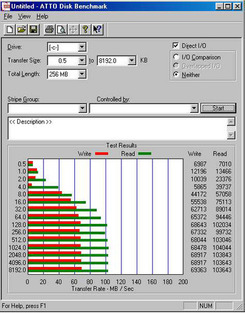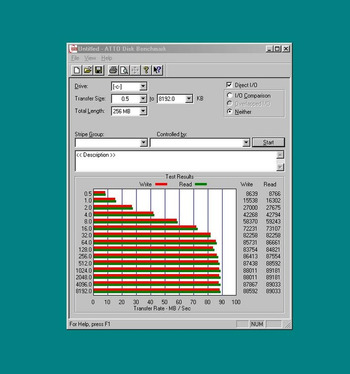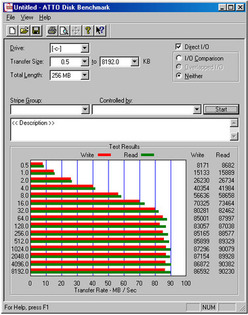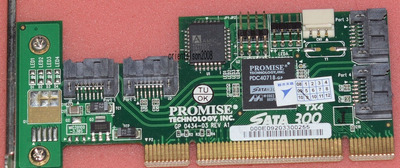Reply 20 of 35, by Sphere478
- Rank
- l33t++
Solo761 wrote on 2022-06-24, 08:00:Issue here is lack od Win9x drivers for Promise SATA300 TX4 card, not maxing out speed.
90 MB/s I get on VT6421A is more than enough for P233 MMX and Win9x. But using Promise SATA300 TX4 card is different matter because of lack of Win9x drivers. You can install ones from Promise website, although they're Win2k/XP, but there won't be any improvement because it just "names" it, it doesn't actually install any drivers, so it ends up working in compatibility mode which is slow.
My numbers are in compatibility mode? Not saying you are wrong, I’m asking.
I haven’t been able to replicate the low numbers you are showing.
I’m looking in device manager, and you’re 100% right. It says no driver files are required for this device. But gives a date of 05/16/2007 and says not signed.
I guess the real question is, given the numbers I posted, how much of a speed bump would I get by going to a different card?
There is a section for command line parameters. Could we use this to set up the device better?



